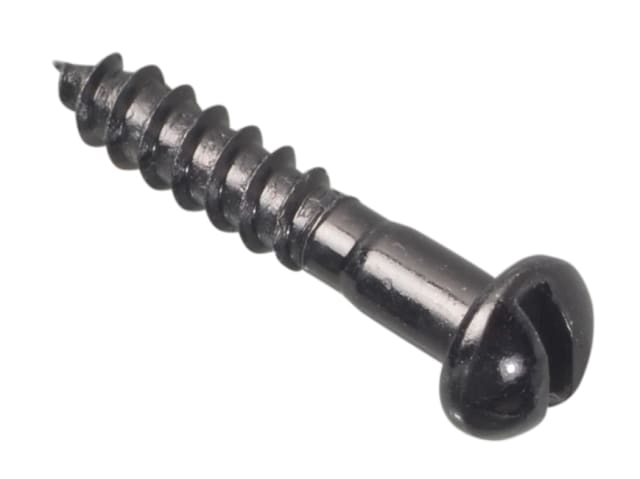What Are Screws And Fixings?
Screws and fixings are required where there is a need to hold and secure an item in place, or where the connector that is used for the fixing needs a secondary form of security. Hence, screws and fixings often work together in combination – like a screw in a wall plug, for example – or they can work individually on their own. There are many different types of screws and fixings with very subtle differences, and which can be selected according to their suitability for the item and base material you are working with.
So whatever application you are involved in, you will need to research and select the most appropriate screw or fixing for the job in hand. This will need to consider cost, the potential damage to the base material, health and safety considerations, the ease of installation and the load rating of the screws or fixings, ie. how much weight can it hold? Screws and fixings can be selected and purchased for trade and commercial needs (usually in bulk quantities) and for domestic needs (usually in smaller quantities for specific home improvement or DIY jobs).
Variables of screws and fixings
Typically screws and fixings will vary according to:
- Type of head
- Type of drive
- Length
- Diameter
- Material
- Suitability for indoor or outdoor use
What materials would you use screws and fixings for?
The most common base materials that screws and fixings are used for are:
- Concrete/masonry
- Wood/timber
- Plasterboard/drywall
- Steel sheeting
- Plastic
What do we use screws and fixings for?
We are using screws and fixings to fasten or fix something to a base material, and this base material determines the best type of screw or fixing to use. Screws usually have a thread while fixings have a variety of design mechanisms which act to secure it to the base material.
Fundamentally, we are wanting screws and fixings to resist two types of force when they are in place and securing an item:
- Pull forces – which act to ‘pull’ the screw or fixing out of its position along its same axis
- Shear forces – which act to put pressure on the screw or fixing at a right angle against the axis, so either above or below it.
To demonstrate this, a screw with a thread is more suited to resisting pull forces, because the thread acts to bite into the base material to create a strong grip, while a nail doesn’t have a thread so will more easily be pulled out of position by a pull force. However, a nail is more effective against shear forces. So an important factor in deciding which screw or fixing to use is whether you are needing to resist a pull or shear force, or both?
Another way to consider this is to look at expansion anchors and undercutting anchors. So an expansion anchor is something like a wall plug or through bolt, which expands when paired with a screw in a wall to create friction and hence a solid grip. Whereas a screw on its own is known as an undercutting anchor, in that it is fastened into the base material and the thread on the screw bites into it to create the security needed. The weight or movement of the item being secured will determine what size of screw or fixing you need, ie. the bigger the screw or fixing, the more weight it can hold. Whether the item is inside or outside will also determine if you need a screw or fixing material that won’t rust.
What types of screws are there?
Common types of screw are:
- Woodscrews
- Drywall screws
- Stainless steel screws
- Self-tapping screws
- Masonry screws
- Electrical screws
- Security screws
- Hinge screws
Screws can have several different head types, such as rounded, square, oval, hexagonal or flat top, while they can also have several different drive types, ie. what type of tool you would use to secure the screw. So different screw drive types include:
- Phillips head
- Flathead or slotted
- Hex (Allen key)
- Torx
- Double hex
- Robertson (also known as Scrulox)
What types of fixings are there?
Common types of fixings include:
- Wall plugs
- Frame and anchor fixings
- Heavy duty fixings
- Hook and eye fixings
- Plasterboard fixings
- Cavity fixings
Other types of fixings also include sets of nuts, bolts and washers, which combine to hold down, provide stability and spread the load when securing an item. Nails also fall into the category of ‘fixings’. They are often required for both indoor and outdoor use, but they are all tough and long-lasting, and they can also come in various forms, such as:
- Bright nails
- Galvanised nails
- Masonry nails
- Panel pins
- Roofing nails
- Tacks